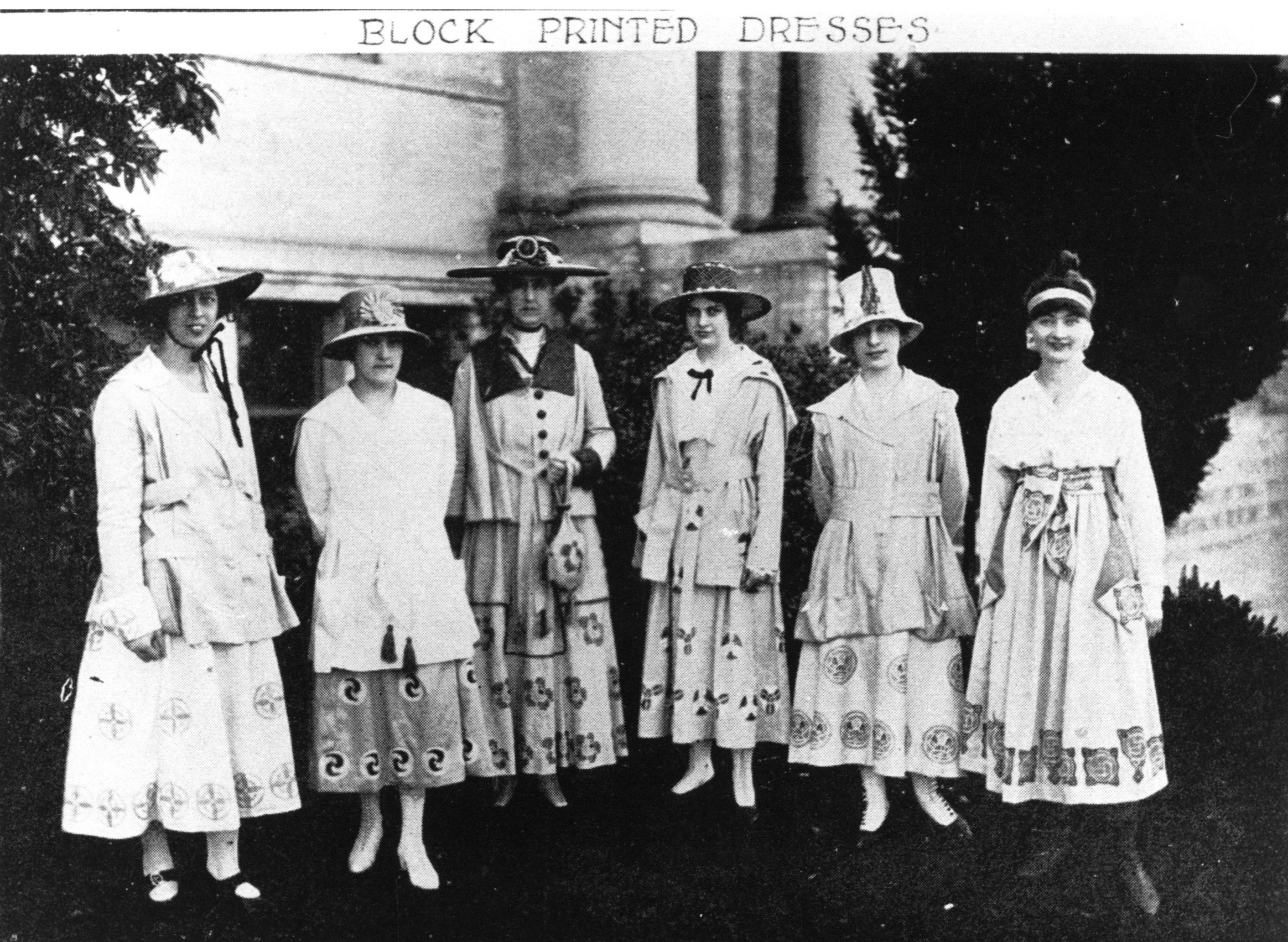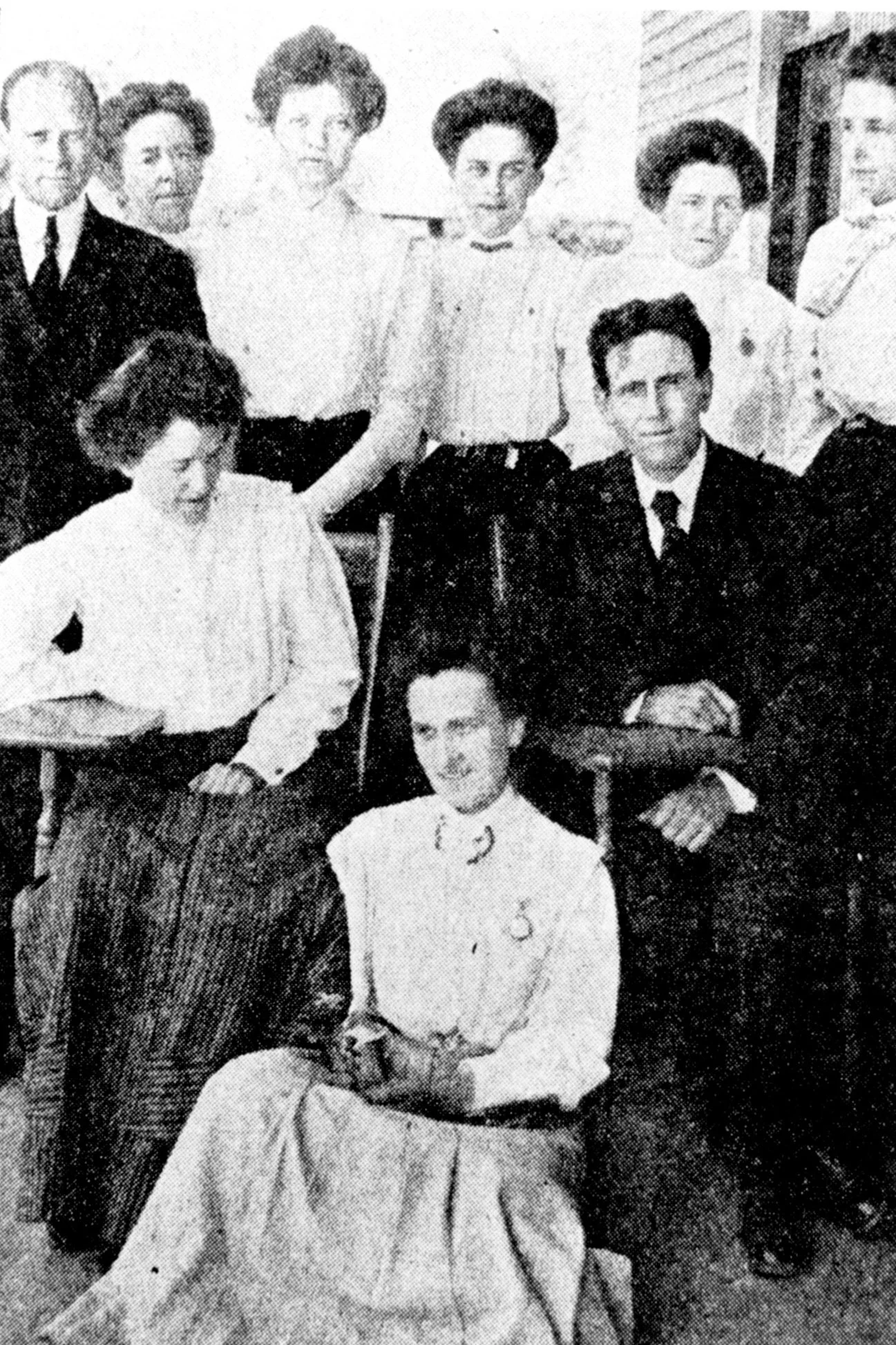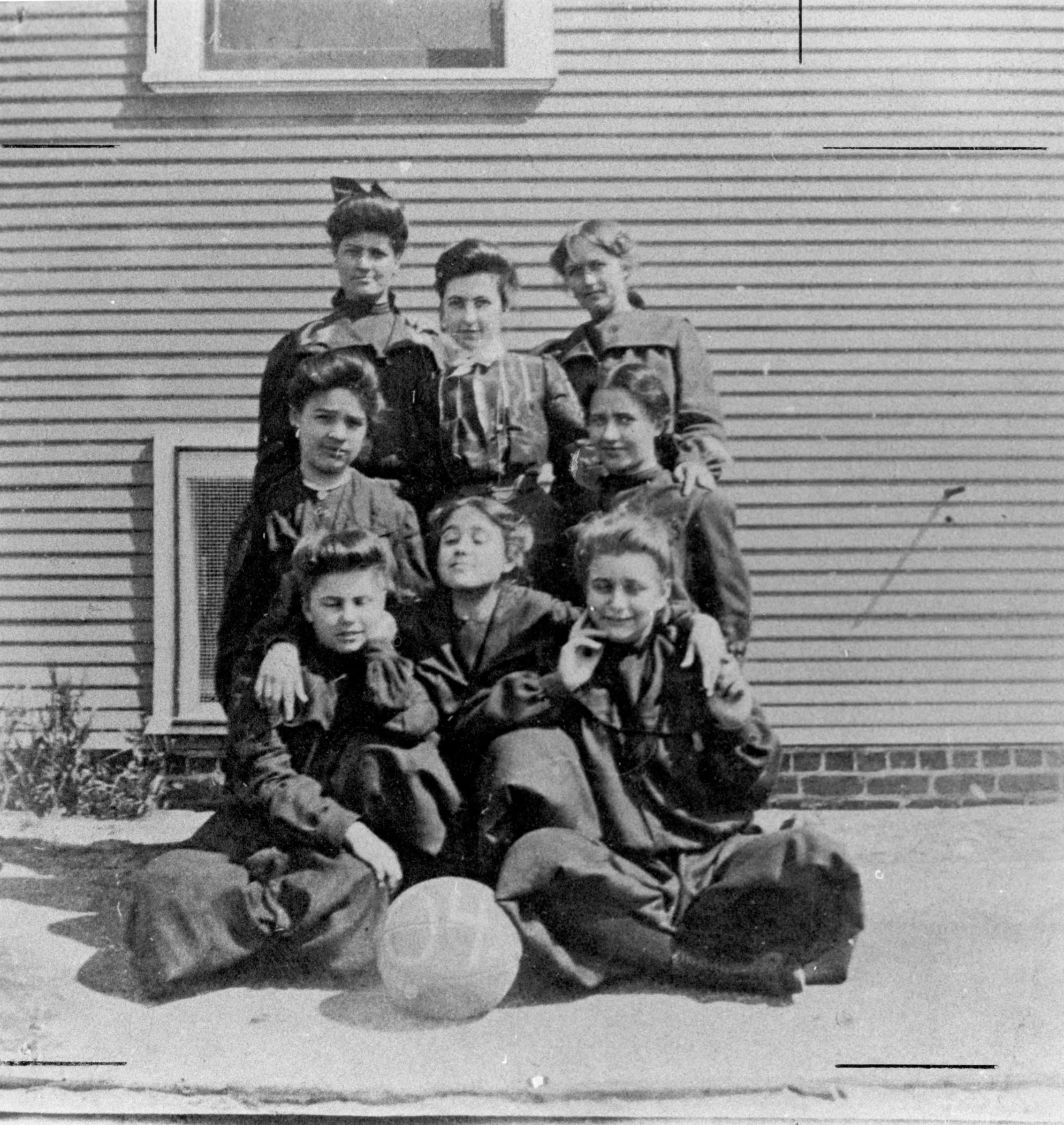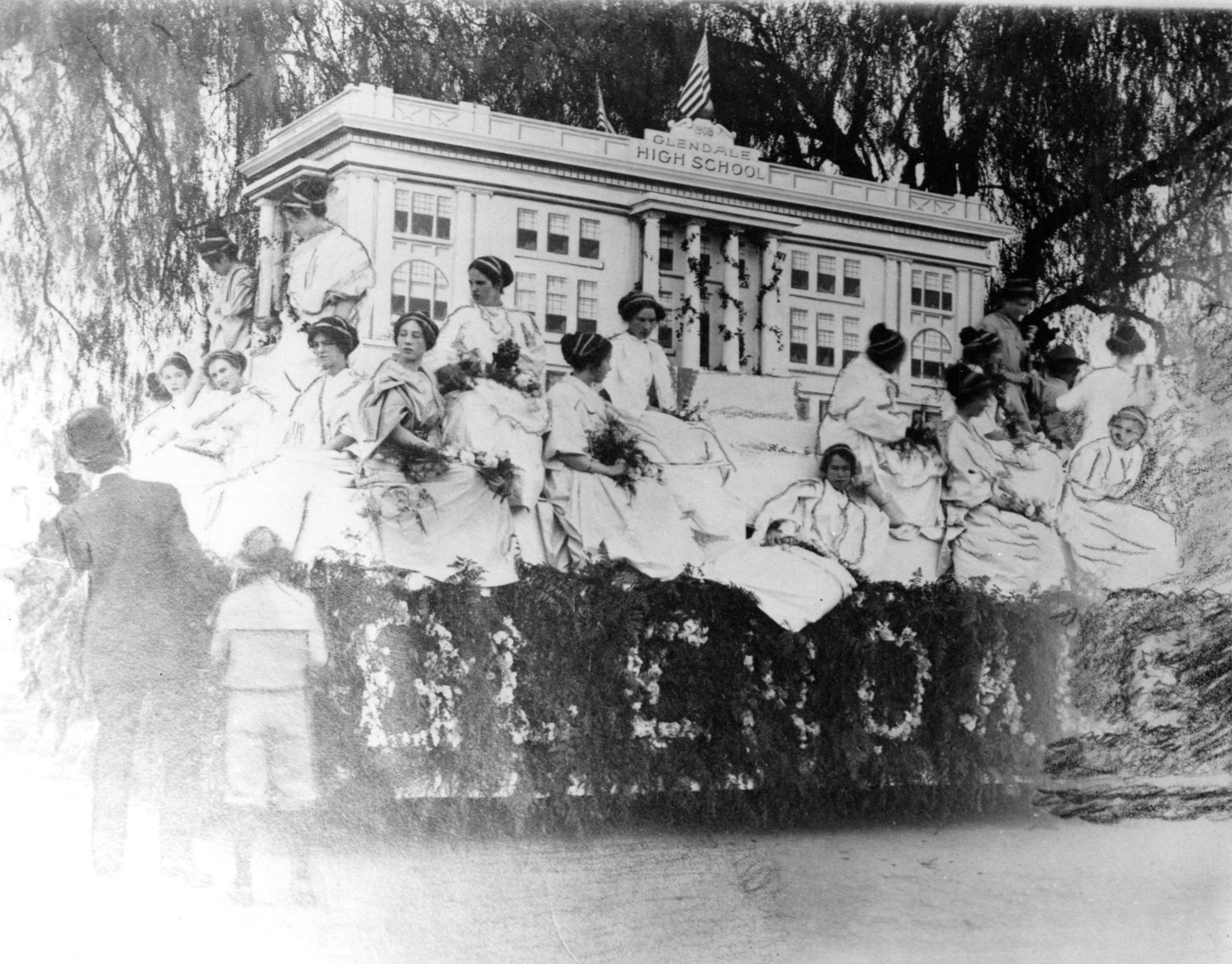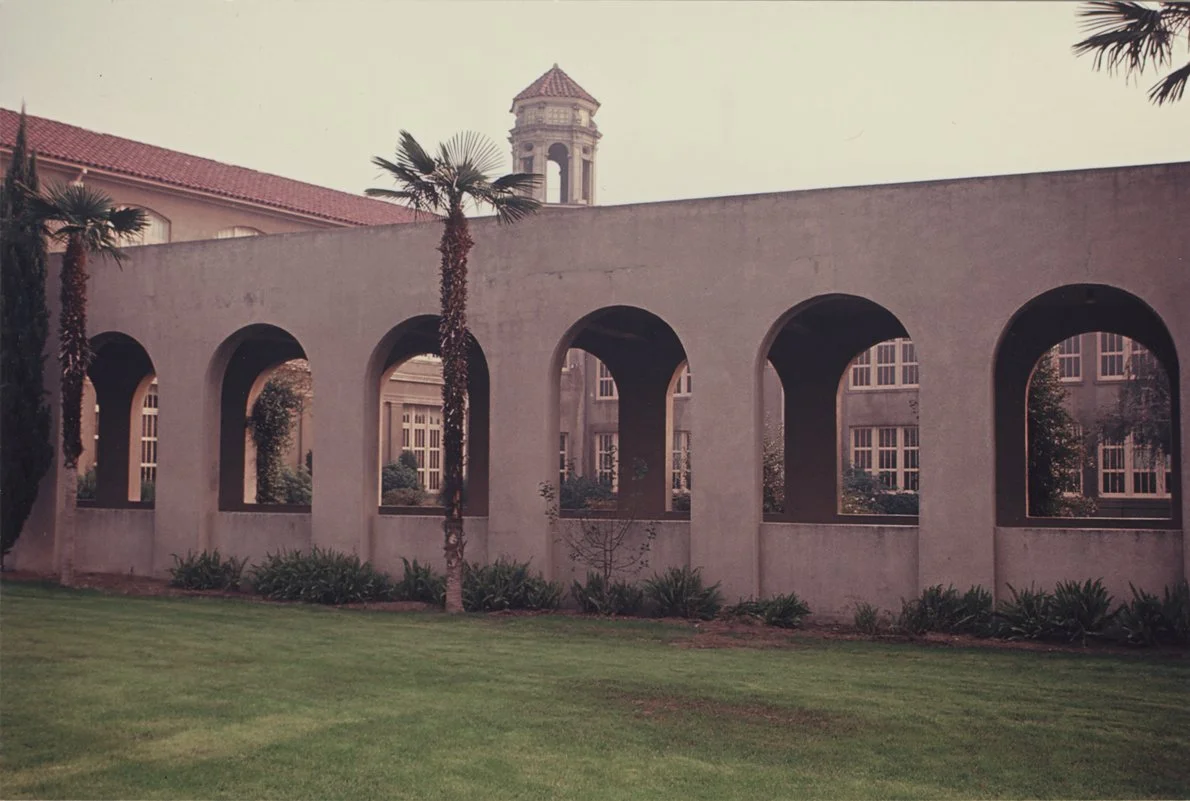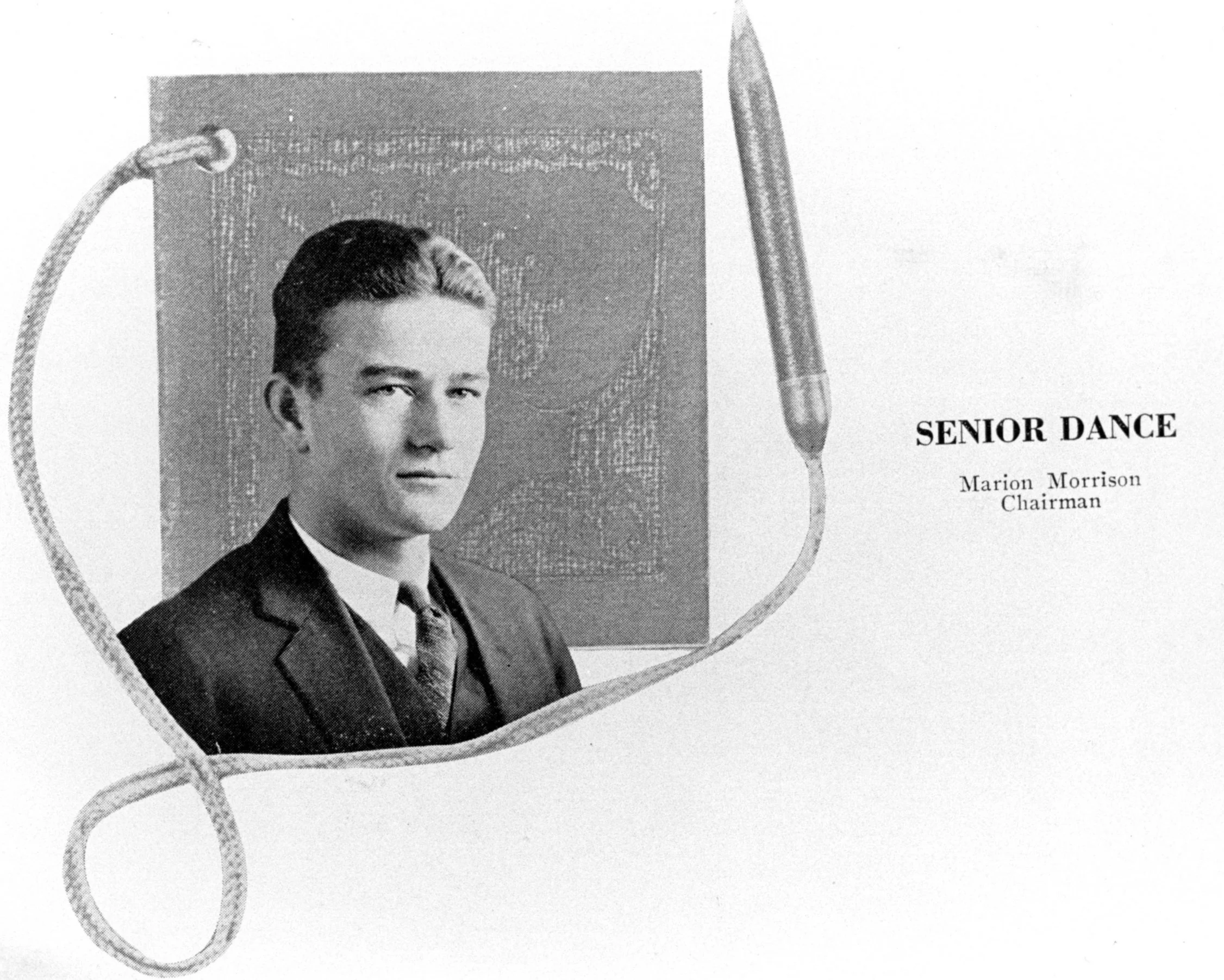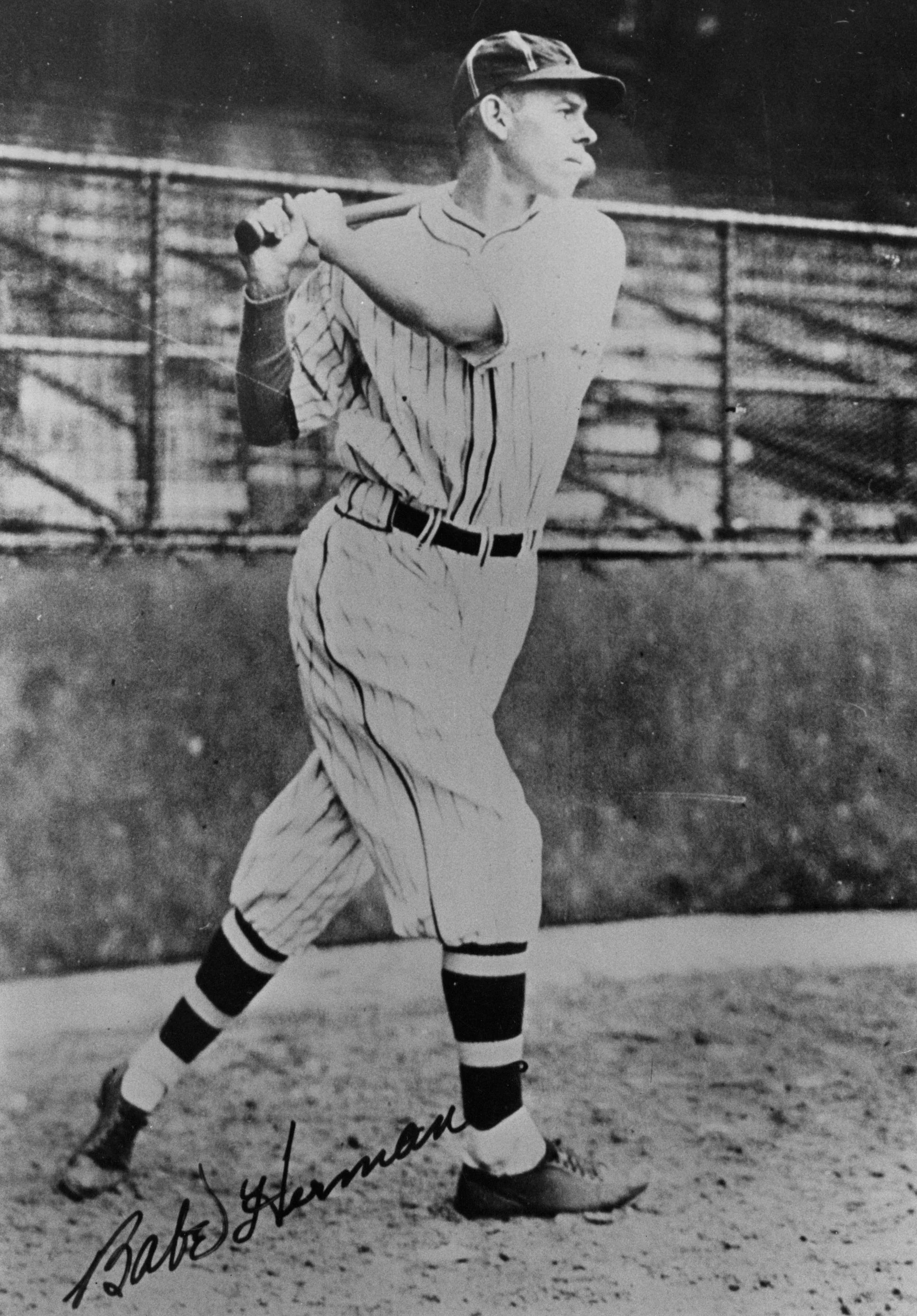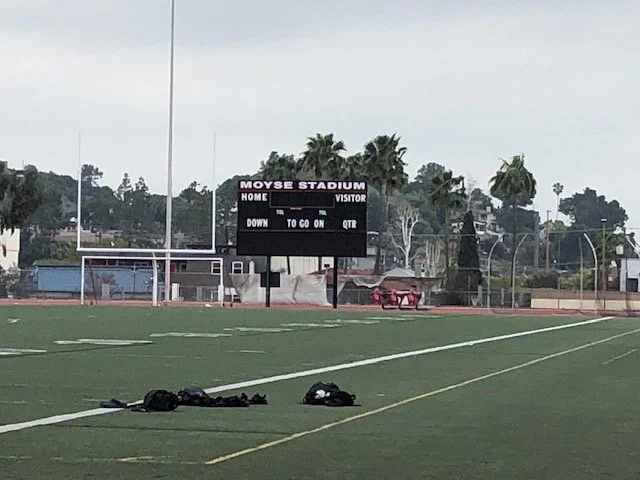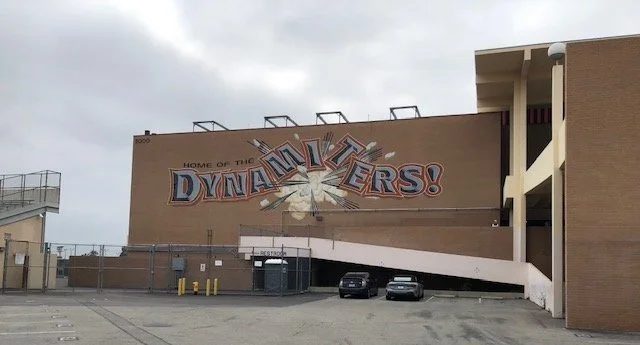STILL STANDING AFTER ALL THESE YEARS
Part VII: E.D. Goode and George U. Moyse and the New High School, 1901; plus John Wayne and ‘Babe’ Herman
By Katherine Peters Yamada
During his twenty years in Glendale, Edgar D. Goode compiled an impressive list of accomplishments. Not only did he create the Glendale and Eagle Rock Railway; he was at the forefront of a drive to cityhood, as detailed in Part VI. But, one of Goode’s greatest achievements may have been the formation of a high school to serve the area’s growing population and the hiring of principal George Moyse. At the time, younger students were served by seven grammar school districts: Burbank, Glendale, Eagle Rock, Ivanhoe, Tropico, West Glendale and La Crescenta. As the population grew, so did the need for more schools, in particular, one for older students. Parcher wrote that most of the area was still open ranch land when Dr. D. W. Hunt suggested the need for higher education.
Former Glendale Hotel. Courtesy Glendale History Room
In July 1901, representatives of the seven districts gathered to form a new high school and elect trustees who were then charged with finding a location. Parents of high school age students were anxious for such a facility, but the district was large and everyone wanted it near them. According to Parcher, a contest soon developed as to the location. After lengthy discussions and appeals by the various districts, several factors turned the tide in Glendale’s favor. First, Richard A. Merrill, owner of the former Glendale Hotel at Broadway and Glendale, offered the new district a vacant lot for $550. The two and one-half acre site, at the southeast corner of Fourth Street (now Broadway) and Brand, was quickly secured by several enthusiastic (but unidentified) Glendale boosters who then announced that it was ‘’ready for the taking.”
Goode, as the Glendale district trustee, and as the father of five young children, was a “chief booster….doing much of the necessary preliminary work,” according to ‘Glendale Area History.’ And, since Glendale was centrally located among all the districts, our town won the day. A $10,000 bond issue funded construction of a wood-frame, seven-room schoolhouse. The county’s Board of Supervisors allotted $2,900 to pay the first year’s operations and spent $305 on furnishings.
The first Glendale High School, aka Cheese Box. Courtesy Glendale History Room
While waiting for the new school to be finished, classes were held in rented quarters in the then vacant Glendale Hotel. The principal was Llwellyn Evans; Mary Edwards was his assistant. That first year, 28 students signed up. Average daily attendance was 23. One of the first students was Goode’s daughter Fay. She was in the 12th grade during the 1903-04 school year, along with Helen Bary of Tropico, Flora Kughen of Burbank and Nola Lyman of Glendale. Parcher notes that “diplomas were awarded to four students, all girls,” in 1904, although they were not identified by name.
The two-story school opened in December 1902. Because of its square shape, color and placement of windows, it became affectionately known as the ‘Cheese Box.’
George U. Moyse
George U. Moyse, a former elementary school teacher in Gallatin, California, was hired as principal during the school’s second year, earning $120 per month. Edwards received $90 and a third employee, Sue Barnwell, $75.
The Glendale News, which published its first newspaper, a weekly, in 1905, listed the members of the most recent graduating class. The writer noted that – again - all four were girls: Lena May Cornwell, Olive Faith Sence, Lucie Bettainer and Clara Gertrude Marshall. (Cornwell later taught school in Glendale and her younger brother, Albert, operated a long-running hardware store in town.) Although there were just four grads, they followed the tradition of presenting the school with a class gift: a replica of “Winged Victory.”
No doubt, Goode, as a member of the school board, attended the graduation ceremony. And he and his family may have been in the crowd when the Tropico Improvement Association celebrated the Fourth of July with a “grand display of pyrotechnics at Brand and Palmer,” according to the News. That same edition also predicted that Glendale would be connected with Pasadena by a trolley line, via Eagle Rock. (Goode’s line to Eagle Rock opened in 1909.)
When residents voted for cityhood in February 1906, Moyse was one of five trustees elected to run the newly incorporated city. But before the first regularly scheduled election, in April of that same year, Moyse stepped aside to focus on his duties as high school principal. By then, some 75 students were enrolled and the school was accredited by the University of California at Berkeley and by Stanford University.
Burbank left the district in 1907 and Ivanhoe followed in 1910. Goode represented Glendale for nine years, from 1901 to 1910.
Another New High School Building
More new homeowners arrived. Within four years, the student body had outgrown the Cheese Box. Voters approved a 1908 bond measure to purchase four and a half acres, bound by Harvard, Louise, Colorado streets and Maryland Avenue for $20,000.
The corner stone of the white brick school, built for $75,000, was laid in 1908 and some classes began there that year, even though it was not completely finished. The large structure, with ‘Union High School’ across the front, faced Harvard. (Central Library stands there now.) By the time it opened in September 1909, enrollment had risen to 140. The first yearbook, The Stylus, was published that year.
An Oratorical event began in 1910, with students from each class judged on Discipline, Spirit, Tableau and Speech. Several popular art classes, which may have been inspired by ‘Womens’ Rights activist,’ Ella Lillian Wall Van Leer, were offered.
According to Wikipedia, Van Leer helped create and manage art and architecture departments at various high schools. Local classes included interior design and block printing of fabric. Later, those students modeled their garments.
Glendale’s entry in the 1911 Tournament of Roses parade was a scale model of the new school. Twenty-six young women, costumed as various muses, rode on the float, which won a $150 cup and a blue ribbon.
The school newspaper, TheExplosion, was first published in 1917.
Glendale Union High School, 1909. Courtesy Glendale History Room
Boys Basketball Team, 1909. Courtesy Glendale History Room
Students model block print garments, 1917. Courtesy Glendale History Room
Faculty in 1909. Principal Moyse, second row right. Courtesy Glendale History Room
Girls basketball team, 1904. Courtesy Glendale History Room
1911 Tournament of Roses Parade. Courtesy Glendale History Room
And another New High School Building
In 1920, Moyse was named district superintendent. In 1927-28, he also served as the first head of Glendale Junior College; all while continuing as high school principal.
By 1923, all the elementary school districts except La Crescenta had left the high school district. However, more local growth brought the need for more classrooms, which went up behind the main building.
But, it wasn’t long before the Harvard Street property was inadequate. A twenty-plus acre lemon grove at Broadway and Verdugo Road was purchased from pioneer J.P. Lukens with an $85,000 bond. A 1922 $600,000 bond funded construction and equipment.
The new campus, re-named Glendale High, has served students since 1924.
Outstanding student athletes in the 1920s included Floyd Herman, aka ‘Babe,’ who starred in baseball, football, basketball and track during his four years. In 1921, he captained the track team. After leaving school, he played pro baseball for several teams, including the Brooklyn Dodgers and later, the Philadelphia Phillies. He became known as one of the best scouts in baseball and retired to Glendale where he became an authority on orchids.
Marion Morrison began his high school years on Harvard Street and played championship football. He graduated in 1925 and enrolled at USC on a football scholarship. After he was injured while body surfing, he lost the scholarship and turned to acting; eventually becoming known as John Wayne.
Broadway and Verdugo campus, 1963. Courtesy Glendale History Room
Marion Morrison, 1925. Courtesy Glendale History Room
George Moyse. Courtesy Glendale History Room
Floyd “Babe” Herman, ca 1922. Courtesy Glendale History Room
Moyse Honored
Moyse Field opened for sporting events in 1923, even before the rest of the campus was finished. When he retired in 1937, Moyse was honored as the school’s longest-running principal, having served for 35 years.
Still Standing After All These Years
Glendale High, still at Broadway and Verdugo, has continued the Oratorical tradition through the years. The school newspaper, the ‘Explosion’, is published semi-quarterly. The school yearbook, the ‘Stylus’, is an annual publication.
The Pat Navolanic Memorial Award, established in 1966, honors the 1963 student body president and valedictorian who was very active in school events. He died in 1965 while studying abroad in France. The award is given to the graduating senior who best exemplifies Navolanic's leadership traits, scholarship skills and athletic prowess.
In 2001, Glendale High celebrated 100 years with a student population of 3,500 and more than 100 teachers.
In 2014, the auditorium was named the John Wayne Performing Arts Center. In 2021, after controversy over Wayne’s 1971 Playboy Magazine interview, his name was removed.
100 years after it was installed, Moyse Field continues to serve a large student population.
Moyse Stadium Courtesy of KPYamada
Dynamiters of GHS Courtesy KPYamada
References
The Glendale History Room, on the second floor of the Central Library, has city directories dating back to 1906, photographs of early Glendale, and archival collections on the Glendale Unified School District, Forest Lawn, theaters of Glendale and other Glendale-related topics. Visits are by appointment only (please email glendalehistoryroom@glendaleca.gov)
Our local history was studied extensively by early historians, including John Calvin Sherer, who authored ‘History of Glendale and Vicinity’ in 1922. Carroll W. Parcher incorporated much of that information in `Glendale Community Book,’ published in 1957. A later version, ‘Glendale Area History,’ was published in 1974 and expanded in 1981. Unless otherwise noted, much of what is included here is from these books and from “Glendale, A Pictorial History.”
Find A Grave findagrave.com/memorial/94154259/e.-d.-goode
Wikipedia en.wikipedia.org/wiki/Glendale_High_School_(Glendale,_California) en.wikipedia.org/wiki/Ella_Lillian_Wall_Van_Leer
For More on Marion Morrison/John Wayne:
Verdugo Views: How a boy named Marion became ‘Duke’ By Katherine Yamada, May 25, 2007
latimes.com/socal/glendale-news-press/news/tn-gnp-xpm-2007-05-25-gnp-yamada25-story.htmlVerdugo Views: Launch of Glendale High’s Hall of Fame was prestigious occasion in 1969 By Katherine Yamada, May 3, 2019
latimes.com/socal/glendale-news-press/entertainment/tn-gnp-me-yamada-20190503-story.htmlVerdugo Views: Long-awaited Glendale High yearbook from 1920s, including photos of John Wayne, finally donated to library By Katherine Yamada, May 17, 2019 latimes.com/socal/glendale-news-press/entertainment/tn-gnp-me-yamada-20190517-story.html





